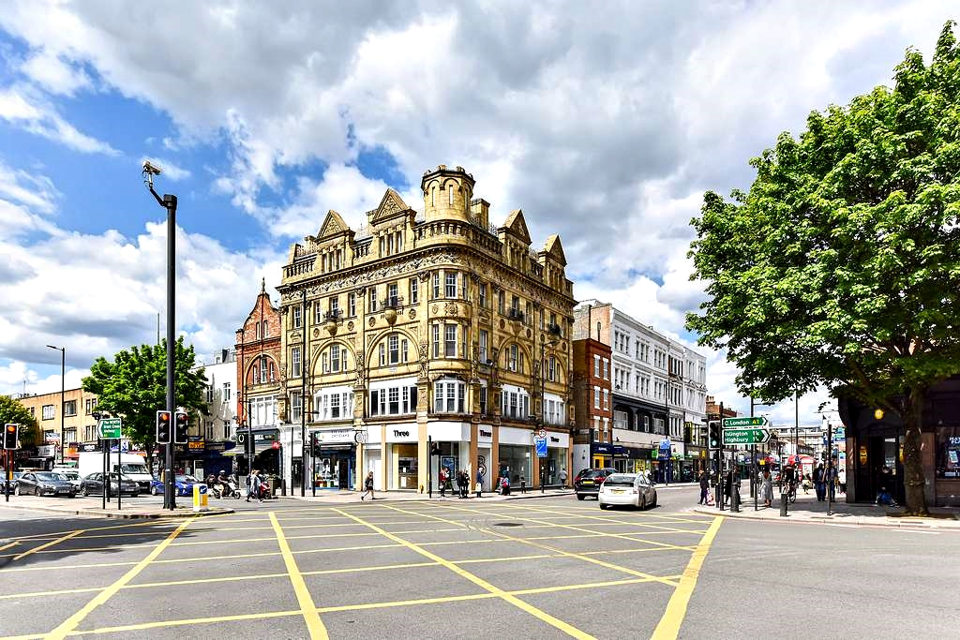Comprehending the Labyrinth: A Guide to Islington Holloway Building Regulations
Islington Holloway, a vibrant and historic corner of London, is a melting pot of cultures and architectural styles. However, navigating the borough’s building regulations can feel like deciphering an ancient riddle. Fear not, intrepid renovators and ambitious architects! This guide aims to shed light on the labyrinthine world of Islington Holloway building regulations, equipping you with the knowledge to transform your vision into a brick-and-mortar reality.
Understanding the Fundamentals: The Big Three
Islington Council, the governing body for the borough, enforces a trio of core building regulations:
- Part L (Conservation of Fuel and Power): This regulation champions energy efficiency, dictating insulation levels, boiler requirements, and renewable energy sources. Think double-glazed windows, high-performance boilers, and maybe even a flirty rooftop solar panel or two.
- Part M (Access and Use for People with Disabilities): Inclusivity is key, and this regulation ensures buildings are accessible to everyone. Level thresholds, ramp gradients, and accessible toilet facilities are just a few examples of the necessary considerations.
- Part B (Fire Safety): Safety first! This regulation mandates fire alarms, emergency escape routes, and suitable compartmentation to ensure the swift and safe evacuation of all occupants in case of a fire.
Delving Deeper: Zone Specifics and Conservation Areas
Islington Holloway encompasses a rich tapestry of neighborhoods, each with its own quirks and planning constraints. The Holloway Conservation Area, for instance, with its Victorian terraces and cobbled streets, demands extra sensitivity. Building extensions or alterations must harmonize with the existing aesthetic, requiring careful material choices and design considerations.
Furthermore, specific zones within the borough have their own supplementary regulations. The Holloway Headliners Zone, for example, encourages the development of cultural and entertainment venues, while the Finsbury Park Buffer Zone prioritizes the protection of the park’s green spaces.
Seeking Guidance: Your Helpful Allies
The journey through building regulations doesn’t have to be a solitary trek. Islington Council’s Building Control team is your trusted companion, offering pre-application advice and guiding you through the application process. Additionally, consider consulting with experienced architects and surveyors who possess a deep understanding of the local regulations and can navigate the nuances of your specific project.
Remember:
- Planning permission is not the same as building regulations approval. Both are necessary for most building projects.
- Engage with your neighbors. Open communication can avoid potential conflicts and ensure a smoother process.
- Be patient and persistent. The process can take time, so equip yourself with a healthy dose of perseverance.
With a clear understanding of Islington Holloway building regulations, a supportive team by your side, and a dash of determination, you can transform your Islington Holloway building dreams into a bricks-and-mortar reality. So, step into the labyrinth, armed with this guide, and let your architectural adventure begin!
Bonus Tip: For the latest updates and detailed information, consult Islington Council’s Building Control website: https://www.islington.gov.uk/planning/applications
Remember, this is just a starting point. As you delve deeper into your specific project, you’ll likely encounter additional regulations and considerations. But with the knowledge and resources at your disposal, you can confidently navigate the labyrinth and bring your Islington Holloway vision to life.





